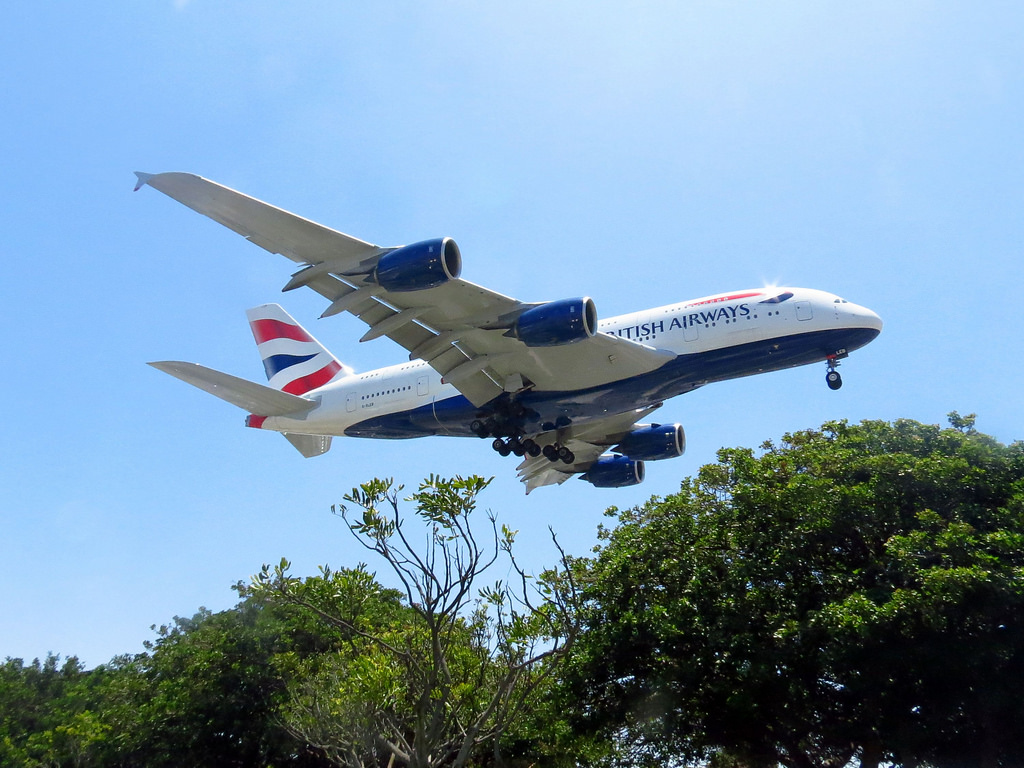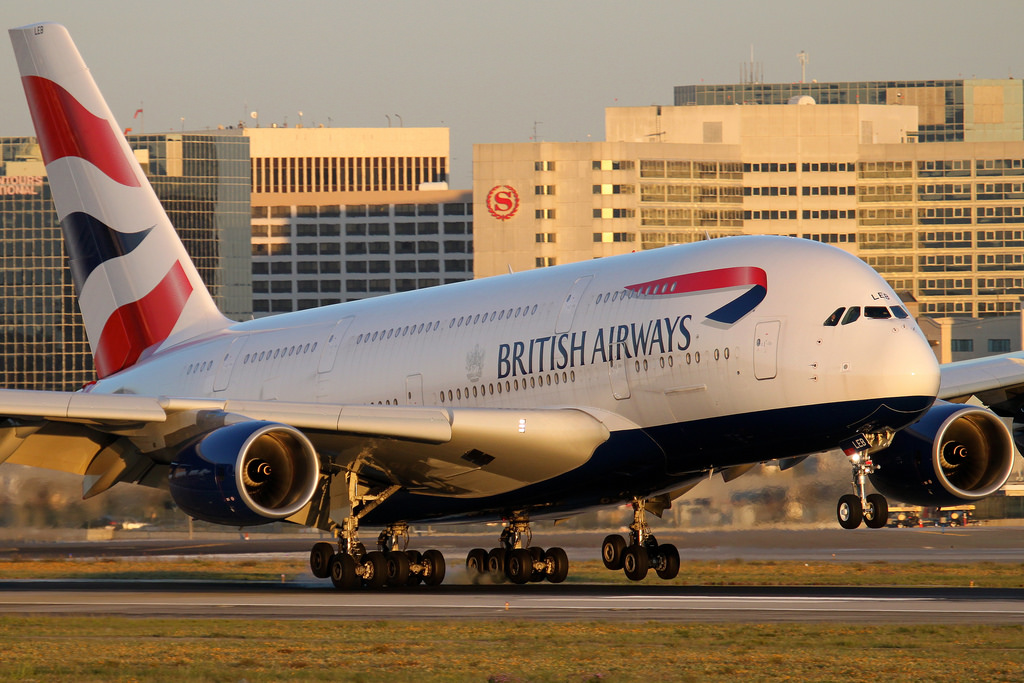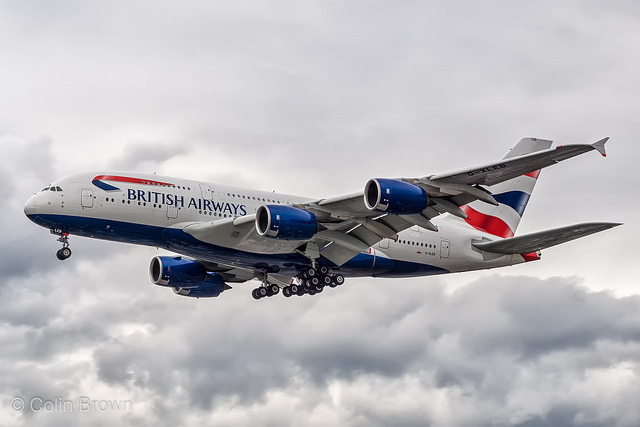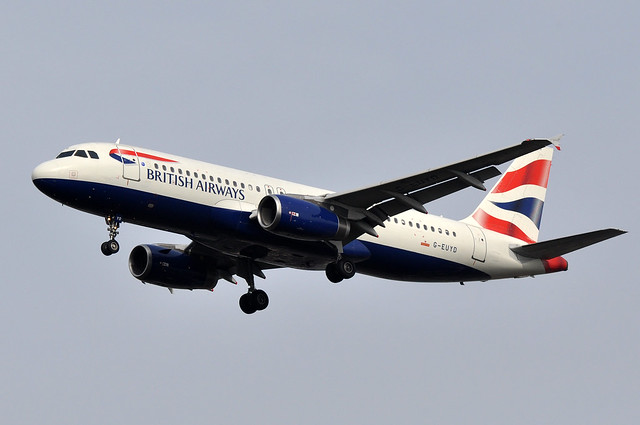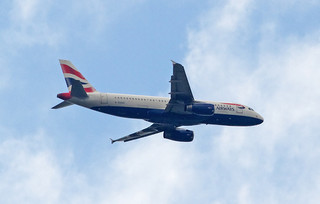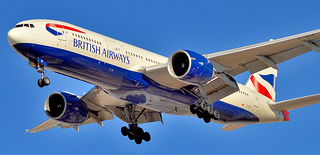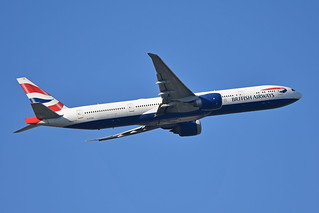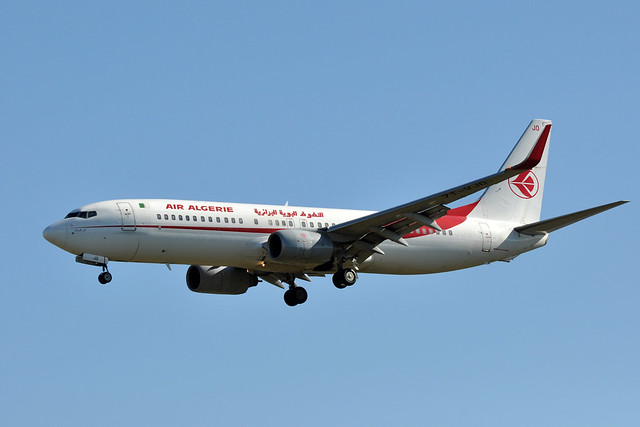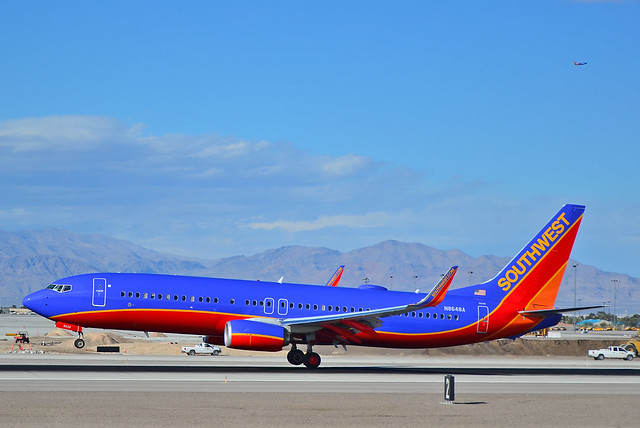British Airways A388 near Vancouver on Oct 24th 2016, fumes on board, 26 treated for smoke inhalation
Last Update: May 8, 2018 / 17:57:17 GMT/Zulu time
Incident Facts
Date of incident
Oct 24, 2016
Classification
Accident
Cause
Fumes on board
Airline
British Airways
Flight number
BA-286
Departure
San Francisco, United States
Destination
London Heathrow, United Kingdom
Aircraft Registration
G-XLEB
Aircraft Type
Airbus A380-800
ICAO Type Designator
A388
Vancouver Hospitals reported 25 patients, 20 crew and 5 passengers, suffering from smoke inhalation have been taken to three hospitals in Vancouver. 20, all of them members of the crew, were later discharged.
The airline reported 25 crew including the three pilots and 2 passengers were taken to hospitals as a precaution after a number of cabin crew became unwell during the flight, the causes of occurrence are under investigation, however, none of the occupants was treated for smoke inhalation. All 25 crew have been discharged already. The passengers have been taken to hotels and are being rebooked onto other flights.
A passenger reported that the flight attendants at the upper deck all feeled unwell. The captain announced, that there was some technical issue with the aircraft and they were diverting to Vancouver. After landing emergency services attending to the aircraft and cabin crew talked about carbon monoxide.
The Canadian TSB have opened an investigation into the occurrence.
On Nov 1st 2016 the TSB reported that there was a strong obnoxious smell near the #4 main cabin door and upper flight deck galley. The crew consulted with dispatch and decided to divert to Calgary, but was subsequently notified that Calgary did not have the equipment needed to handle the A380, hence the crew decided to divert to Vancouver. The crew donned their oxygen masks and dumped fuel. The entire 25 crew and a passenger were taken to local hospitals for precautionary checks, 3 cabin crew and the passenger were affected by the fumes, all were released. The operator dispatched maintenance personnel as well as aircraft manufacturer's support personnel to Vancouver, however, no source of the problem could be found. The aircraft positioned to London with only flight crew and maintenance personnel on board, however, despite system troubleshooting in flight no faults were found. The aircraft returned to service.
In May 2018 The Aviation Herald received information that about 40-50 minutes into the flight an odour of glue type and burning plastics was detected near main deck door 4L. A family nearby had just oblate oil on their baby, however, the smell of the oblate oil was different to the odour detected near the door. A short time later the flight attendant in the upper deck galley began to vomit and reported there had been an odour of smelly feet during boarding and departure. Ovens and trash compactors were checked without success. During the following about 40 minutes other cabin crew members began to perform abnormally, complaints about headache, dizziness, lightheadedness, nausea, metallic taste in mouth surfaced, the cabin crew members showed itchy red eyes and became increasingly forgetful, aggressive and confused, e.g. replying completely out of context of an ongoing discussion then bluntly denying what just had been said. The worst affected flight attendant was put on oxygen. Medlink was contacted, at that point 12 cabin crew were cause of concern, the captain subsequently decided to divert. Cabin crew were slow in responding to the diversion and prepare the cabin due to inability to function normally and needed to be queried and guided by other crew. After the diversion was changed to Vancouver, which added another hour of flight time, 8 cabin crew were able to get on oxygen, a few other cabin crew went to go to the toilet but were subsequently found anywhere else in the aircraft but the lavatories. In the meantime the captain had donned his oxygen mask, while the two first officers continued without. Cabin crew became concerned they couldn't cover the doors for landing with that many cabin crew already affected and close to being incapacitated. After landing two firefighters with measurement devices and full protective gear boarded the aircraft, many passengers started to use their mobile phones to take photos and videos. Paramedics boarded and began to examine the cabin crew with the most affected being checked first, the paramedics became concerned with all cabin crew and wanted all of them checked. A number of passengers requested medical assistance, too. The worst affected flight attendant vomitted again and collapsed during disembarking. Cabin crew were taken to three different hospitals across the city but declared fit to fly home as passengers the following day.
Incident Facts
Date of incident
Oct 24, 2016
Classification
Accident
Cause
Fumes on board
Airline
British Airways
Flight number
BA-286
Departure
San Francisco, United States
Destination
London Heathrow, United Kingdom
Aircraft Registration
G-XLEB
Aircraft Type
Airbus A380-800
ICAO Type Designator
A388
This article is published under license from Avherald.com. © of text by Avherald.com.
Article source
You can read 2 more free articles without a subscription.
Subscribe now and continue reading without any limits!
Read unlimited articles and receive our daily update briefing. Gain better insights into what is happening in commercial aviation safety.
Send tip
Support AeroInside by sending a small tip amount.
Related articles
British Airways A388 enroute on May 5th 2016, the square tyre
A British Airways Airbus A380-800, registration G-XLEB performing flight BA-32 from Hong Kong (China) to London Heathrow,EN (UK), was climbing out of…
British Airways A320 at Milan on Apr 4th 2024, engine shut down in flight
A British Airways Airbus A320-200, registration G-EUYD performing flight BA-568 from London Heathrow,EN (UK) to Milan Linate (Italy), was on approach…
British Airways A320 at Manchester on Mar 28th 2024, smoke in cockpit
A British Airways Airbus A320-200, registration G-EUUC performing flight BA-1396 from London Heathrow,EN to Manchester,EN (UK), was on approach to…
British Airways B772 over Atlantic on Mar 15th 2024, one of the pilots incapacitated
A British Airways Boeing 777-200, registration G-VIIP performing flight BA-2272 from New York JFK,NY (USA) to London Gatwick,EN (UK), was enroute at…
British Airways B773 near Singapore on Jun 16th 2023, turbulence causes injuries
A British Airways Boeing 777-300, registration G-STBL performing flight BA-12 (dep Jun 15th) from Singapore (Singapore) to London Heathrow,EN (UK)…
British Airways A320 near Nantes on Jan 2nd 2023, fumes in cockpit
A British Airways Airbus A320-200, registration G-EUYH performing flight BA-493 from Gibraltar (Gibraltar) to London Heathrow,EN (UK), was enroute at…
Newest articles
Algerie B738 near Algiers on Apr 17th 2024, cracked window
An Air Algerie Boeing 737-800, registration 7T-VJO performing flight AH-1036 from Algiers (Algeria) to Lyon (France), was enroute at FL340 about…
Southwest B738 at St. Louis on Apr 19th 2024, engine failure
A Southwest Airlines Boeing 737-800, registration N8648A performing flight WN-5907 from St. Louis,MO to Sacramento,CA (USA), was climbing out of St.…
Subscribe today
Are you researching aviation incidents? Get access to AeroInside Insights, unlimited read access and receive the daily newsletter.
Pick your plan and subscribePartner

A new way to document and demonstrate airworthiness compliance and aircraft value. Find out more.

ELITE Simulation Solutions is a leading global provider of Flight Simulation Training Devices, IFR training software as well as flight controls and related services. Find out more.

Your regulation partner, specialists in aviation safety and compliance; providing training, auditing, and consultancy services. Find out more.
AeroInside Blog
Popular aircraft
Airbus A320Boeing 737-800
Boeing 737-800 MAX
Popular airlines
American AirlinesUnited
Delta
Air Canada
Lufthansa
British Airways




